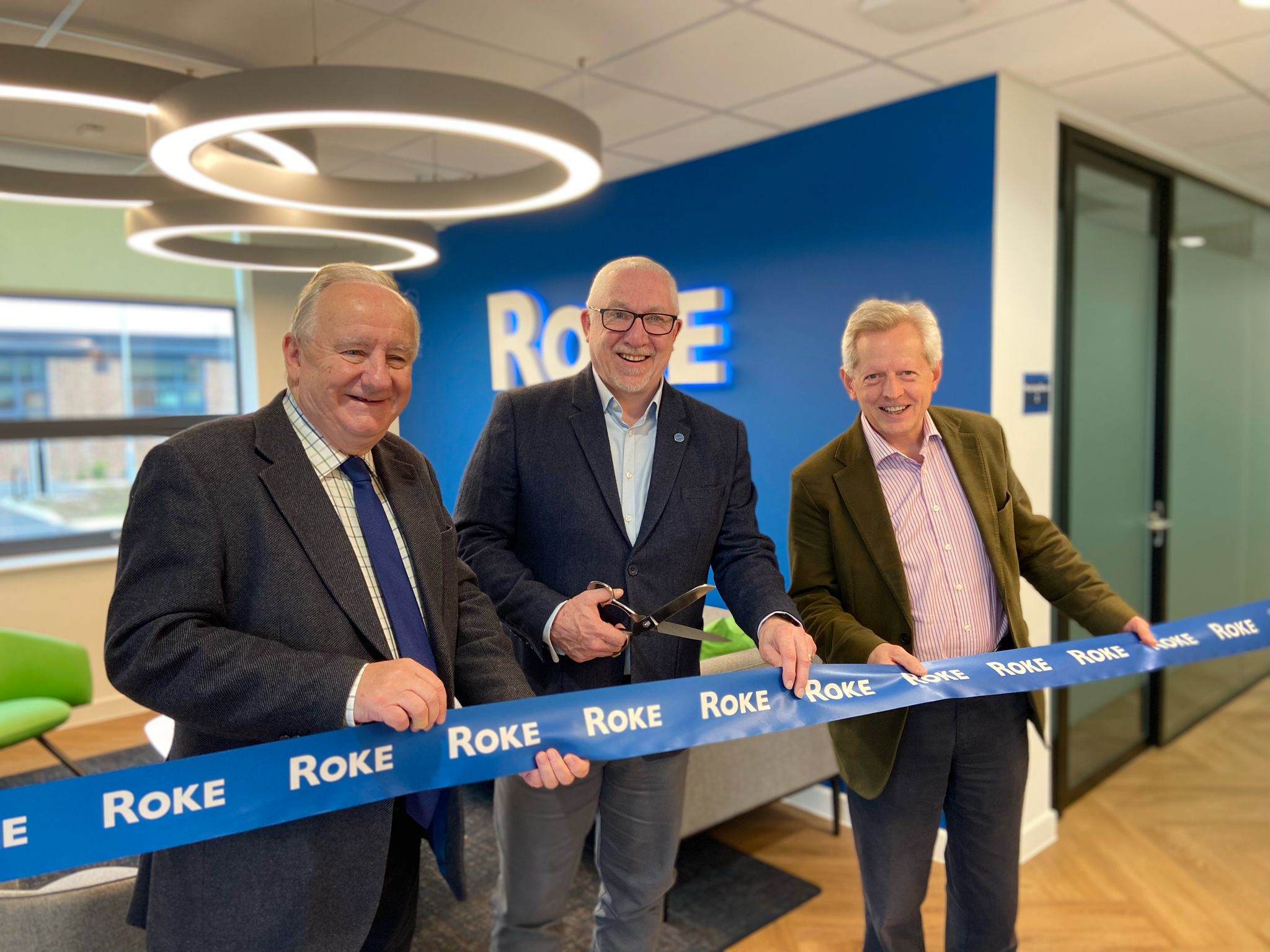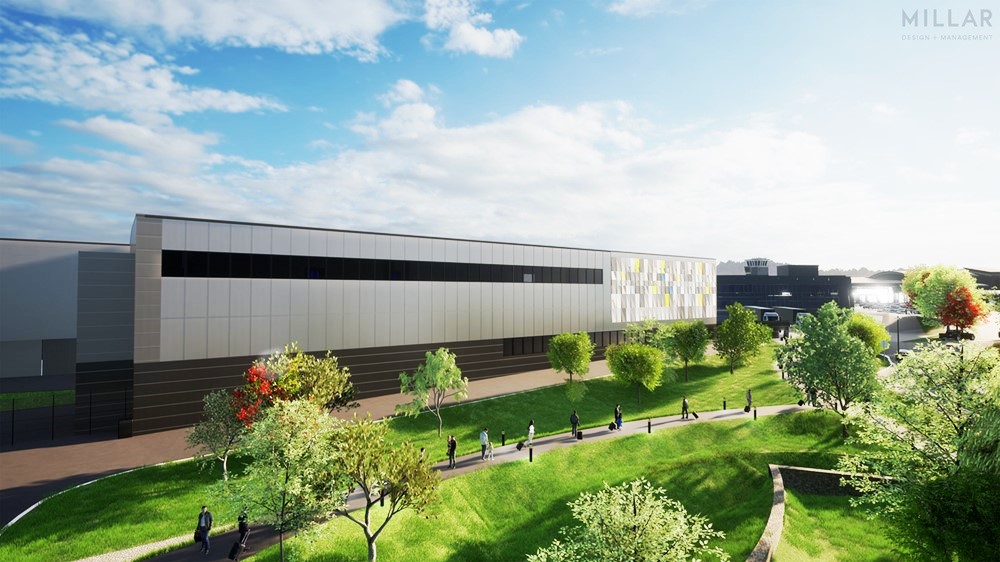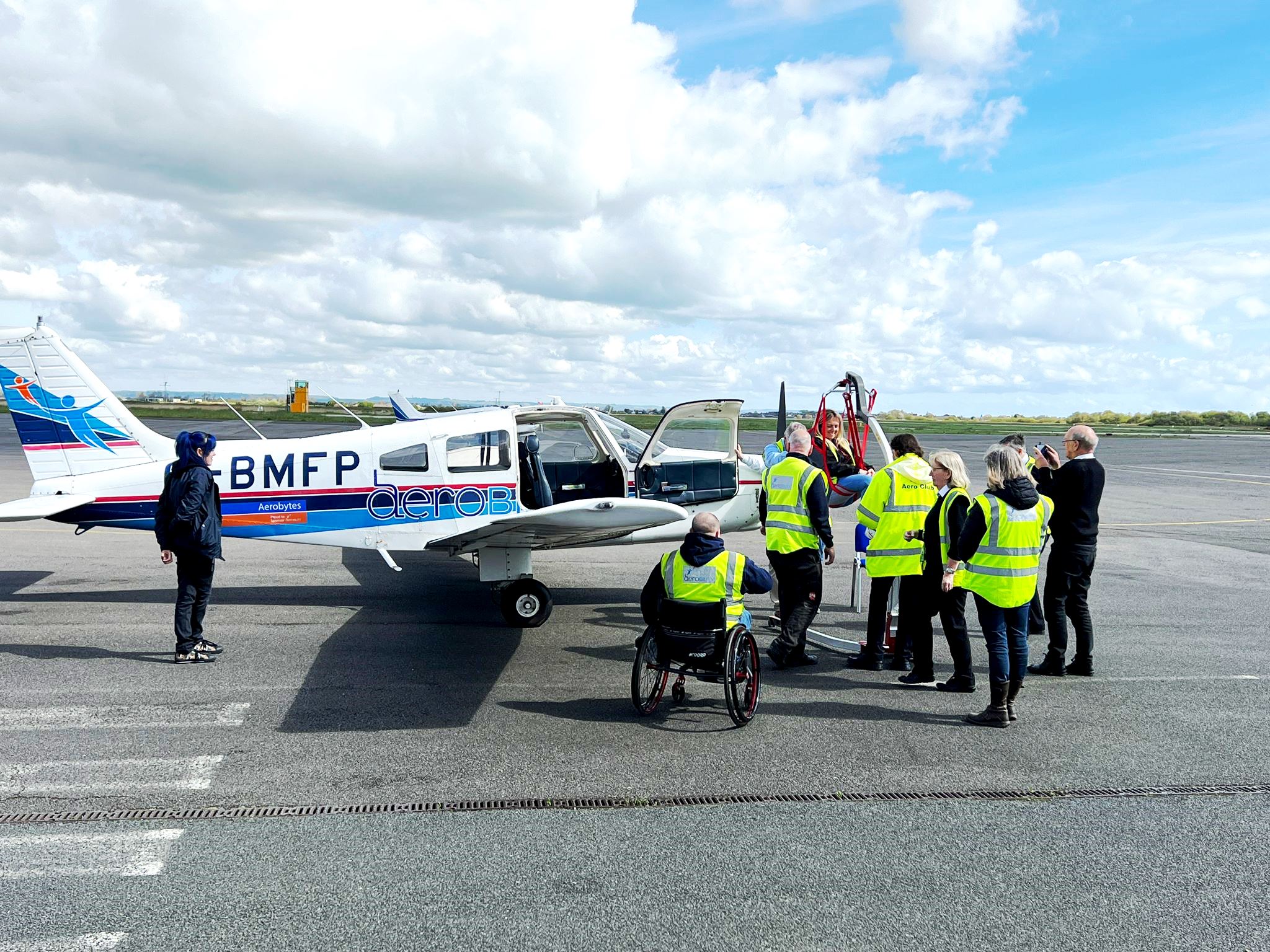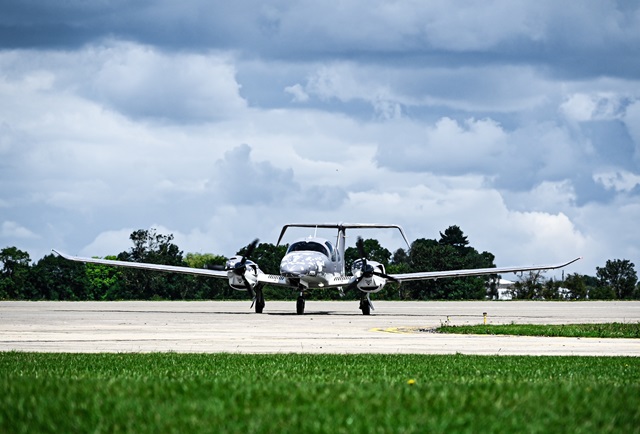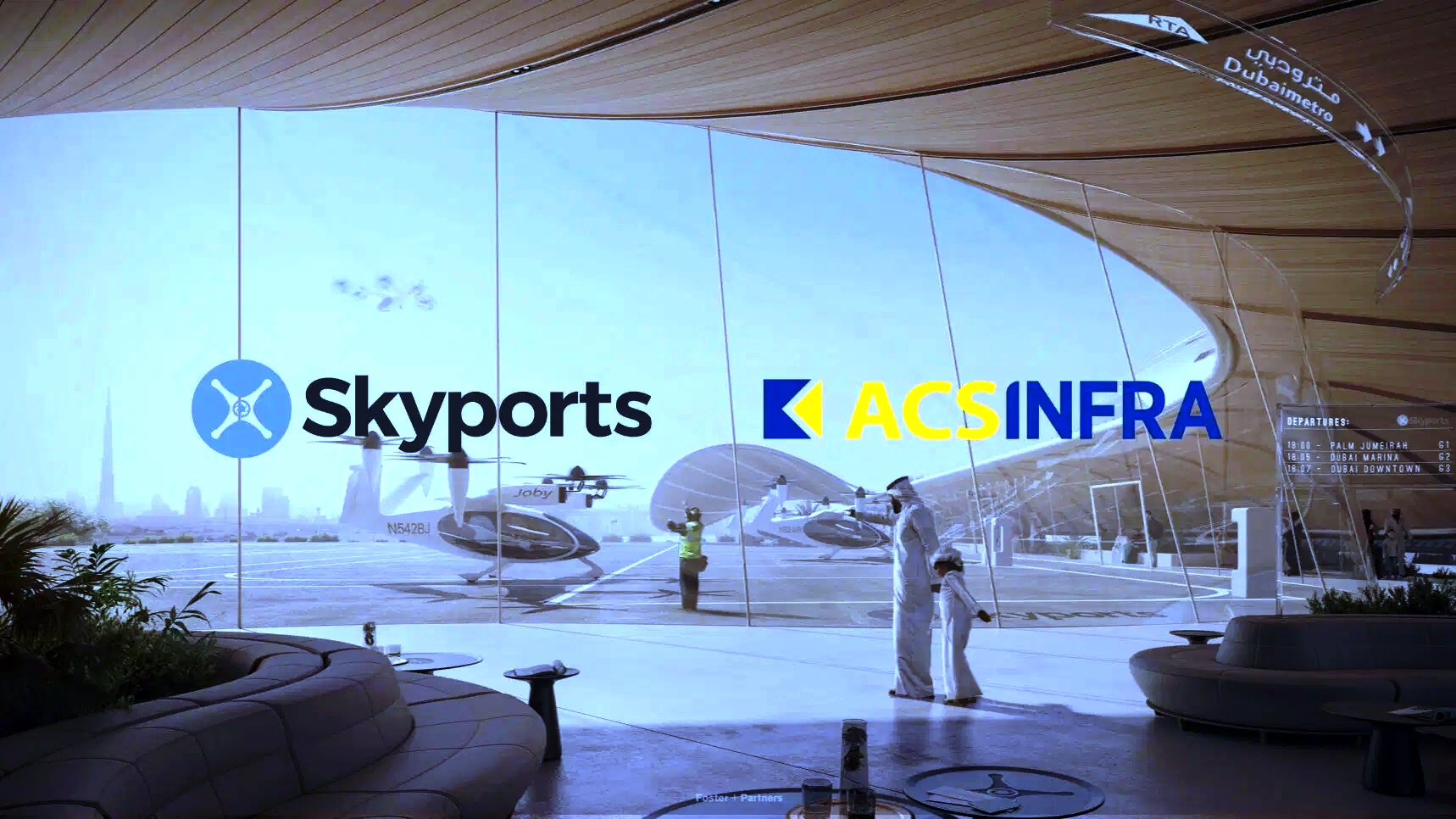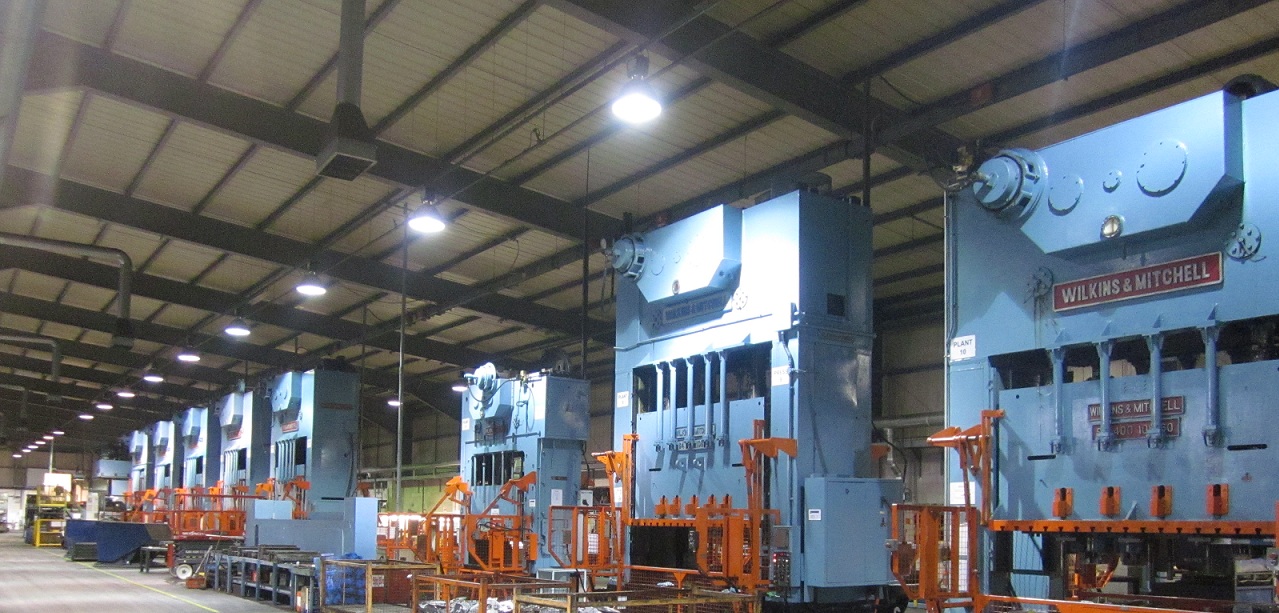4D flights to make air travel more predictable

Above: For this latest trial, the outward route, Toulouse – Copenhagen – Stockholm (LFBO – EKCH – ESSA) was flown with a Honeywell flight management system (FMS) and the return journey (ESSA – EKCH – LFBO) was flown with a Thales FMS. The Airbus crew on board the aircraft comprised: Philippe Pellerin (mission Captain), Sylvie Loisel-Labaste, Jean-Francois Bousquié (test leader), Jean-Francois Azzopardi, and also Sylvain Ferro from Aeroconseil. They were joined on the return to Toulouse by Didier Poisson from Thales as co-pilot.
Prepared by SESAR members (Airbus, Eurocontrol, Honeywell, Indra, NORACON and Thales), a flight trial going from Toulouse to Copenhagen and then Stockholm, successfully validated the sharing of trajectory information both in ground and airborne operations, and the capability of the aircraft to comply with time constraints in the en-route and approach phases of the flight. The flight trial further confirmed that i4D offers important safety and environmental gains, as well as increased flight predictability and overall network efficiency.
Claude Chêne, executive director of the SESAR Joint Undertaking, said: “Through this i4D flight trial, SESAR members are showing that the Programme’s research and development can bring about immediate and positive impact to Europe’s Air Traffic Management (ATM) system. This wouldn’t have been possible without the operational support and validation by pilots and air traffic controllers, who are making 4D trajectory management a reality.
"Thanks to their hard work, passengers will experience an enhanced travel experience, which is an important goal of the SESAR Programme.”
Moving towards deployment
The core characteristic of i4D is to ensure that trajectories are always synchronised between air and ground. While a previous flight trial in 2012 demonstrated the feasibility of i4D, this second flight demonstrates the maturity and the robustness of the concept within a real traffic situation. Enabled by further refined airborne and ground systems and procedures, as well as enhanced Human Machine Interfaces (HMI), the latest flight trial builds on the results of an extensive validation process made up of a significant amount of real-time simulations involving pilots and air traffic controllers. This flight is an important step in the i4D validation roadmap, since it proves that the technology, systems and procedures are ready for large-scale demonstrations and therefore one step closer to deployment.
Flight trial
Throughout the flight trial, the aircraft’s trajectory information containing current and predicted positions were exchanged with the concerned air navigation service providers and airports. The Airbus A320 test aircraft flew from Toulouse in France through the Eurocontrol Maastricht Upper Area Control Centre (MUAC) airspace to meet a time constraint at a metering point close to Copenhagen airport. The flight then continued into Nordic Unified Air Traffic Control (NUAC) airspace to demonstrate an optimised descent to Copenhagen, after which it climbed to a cruise level and then descended into Swedish airspace to a second metering point before landing at Arlanda Airport. After a change to another Flight Management System (FMS), the aircraft departed from Stockholm towards Copenhagen to meet two further time constraints before climbing towards MUAC airspace and returning to Toulouse.
Results
This latest flight trial shows further that the sharing of trajectory information between the air and ground can enable a safer and more efficient handling and certainty of flight profiles. Controllers can clearly see on their screens expected ground and airborne trajectories, which allows them to resolve discrepancies where necessary and anticipate the flight path with greater precision. On the airborne side, the aircraft can better manage their speed profile, which leads to fuel savings and an environmentally-optimised flight profile. The sharing of trajectory also means that aircraft sequences can be better managed and delivered into Terminal Manoeuvring Areas (TMAs) with greater efficiency.
The SESAR Programme is the technological and operational dimension of the Single European Sky (SES) initiative to meet future capacity and air safety needs. The aim of the SESAR Joint Undertaking (SJU) is to modernise European Air Traffic Management by coordinating and concentrating all relevant research and development efforts in the European Union. The SJU is a public body founded by the European Union and Eurocontrol, is directly responsible for long term and innovative research, and has formed a public-private partnership with the following fifteen members: AENA, Airbus, Alenia Aermacchi, DFS, DSNA, ENAV, Frequentis, Honeywell, Indra, NATMIG, NATS (En Route) Limited, NORACON, SEAC, Selex ES and Thales for conducting industrial research and validation.







